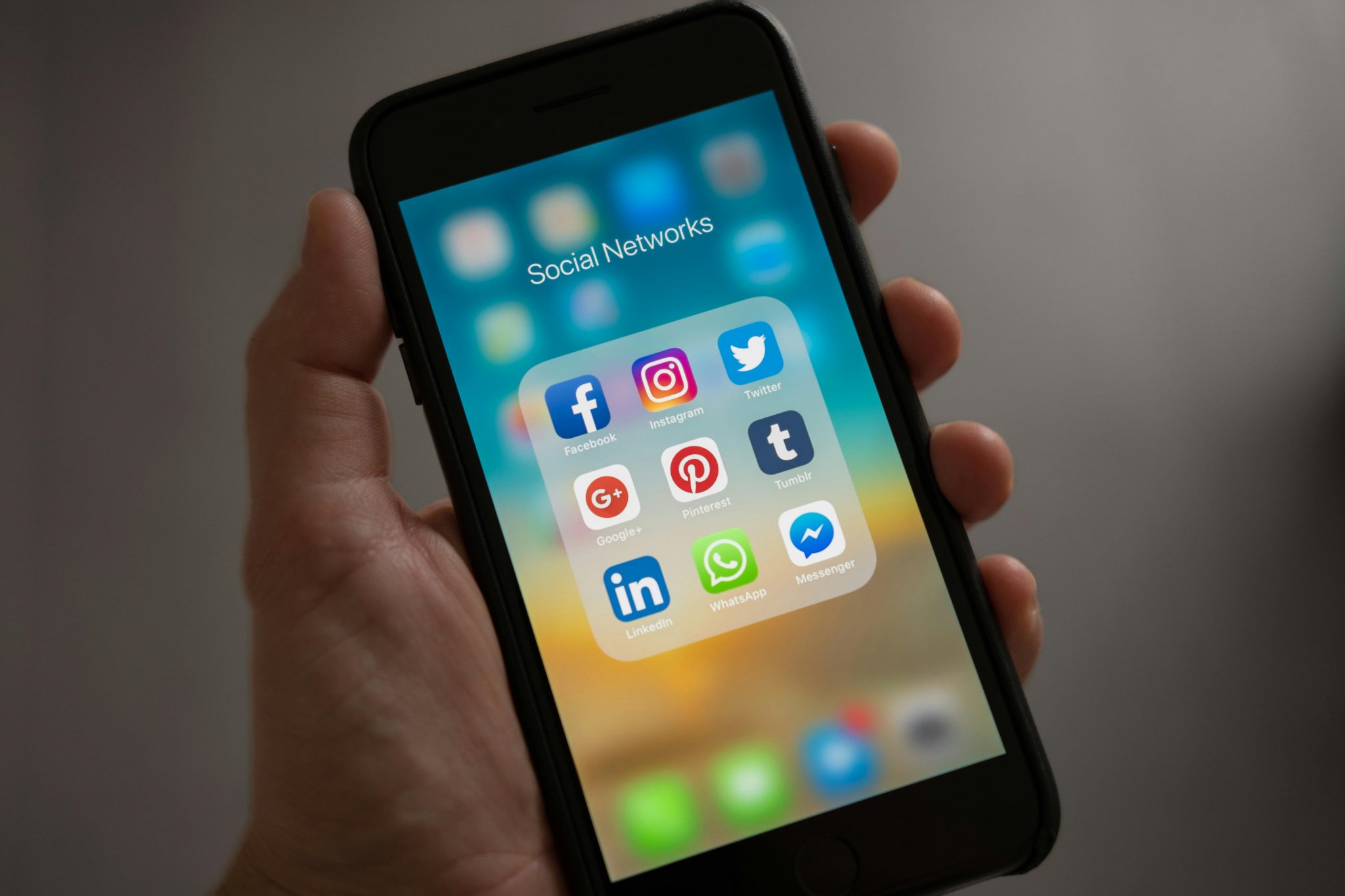Views expressed in opinion columns are the author’s own.
While the Supreme Court might be undecided on whether or not social media platforms are public squares, it is undeniable that they aren’t. Platforms are developed and maintained by private companies that can moderate what people say and do on websites.
But those who conflate privately owned social media platforms with government regulated public squares raise an interesting point — why aren’t there any social media platforms currently owned and operated by the government?
The private companies that dominate the market are riddled with issues. They aren’t held to the First Amendment or obligated to protect user data and have been the subject of numerous controversies, including the aforementioned Supreme Court case. These companies are incentivized to sell user information for profit and we have accepted that as a price for using their services.
While the federal government may be slow to move on this, an innovative state could take charge and create its own platform to serve as a public square.
That’s why the state of Maryland should establish its own digital public square to give its citizens a place to freely discuss key issues and, more importantly, show the country how social media can serve as an essential public utility.
Social media is now a ubiquitous tool that facilitates much of the world’s discourse. This mass communication is limited by private platforms, but the free exchange of ideas is a pillar of the First Amendment. Only a publicly owned platform, however, would be required to uphold it.
Maryland’s established digital residency verification system could be integrated into the social media platform. This would ensure the user base is made solely of state residents and tailor content according to each user’s region of residence.
The platform would not be gathering any personal information that the state does not already have. An oversight board appointed by the governor could hold the platform’s operators to stricter ethical standards than any private company.
In addition, under the Maryland Public Information Act, members of the public can request to see government records held by any of the state’s offices. That means anyone can access information about the platform’s algorithms and content filters. The public could finally get a sense of how social media platforms work on the back end.
On the front end, announcements from state and local entities could be separated from user-generated posts. One tab should include the most recent region-based discussions with another showing the most engaging posts of the last 24 hours. This would remove any political bias from the content surfacing system and keep the focus on the discussions.
For-profit social media companies tailor interfaces to keep users on the platform for as long as possible. The specific ways companies do this are shrouded in secrecy, but a publicly owned platform would not have such motives and would be required to disclose any content moderation tactics.
The state, aided by user donations, could fund the platform in a similar manner as the public broadcasting system. The federal government would also have a vested interest in this experiment, being the first of its kind, and could provide grant funding.
Posts on the platform would have to follow state laws concerning hateful language. If users send credible threats or otherwise hateful messages, state authorities can trace them back to the user who sent them.
When social media users have asked companies to report dangerous activity to authorities and support its victims, they have repeatedly fallen short. A platform managed by a state agency would not have as much trouble with this.
If there’s any leader willing to take a shot on this idea, it would be Gov. Wes Moore. He has already announced multiple tech-related state initiatives last month relating to artificial intelligence — he should be willing to embrace this innovation too.
Social media is no longer an emerging phenomenon — it has already helped define a generation of voters and redefined pop culture. About two-thirds of Generation Z uses social media for news. Generation Alpha seems poised to follow.
This is no longer about being proactive. State governments are falling behind in offering citizens an alternative to the for-profit tech giants. The state’s public television network began broadcasting in 1969, only 18 years after the first coast-to-coast telecast. Facebook launched in 2004 and there is still no publicly-operated alternative.
A successful initiative like this would make Maryland a national hub for citizen-centric innovation and serve as a model for the rest of the country. If it fails, it will become a cautionary tale. Either way, the people will finally have an alternative to platforms designed to keep them hooked and exploit them for profit.
Joey Barke is a junior government and politics and journalism major. He can be reached at joey@terpmail.umd.edu



